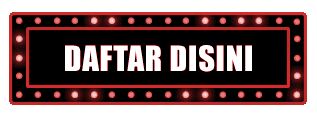SUSTER4D LOGIN
SUSTER4D > Hiburan Gaming Online Mobile Ternama
SUSTER4D > Hiburan Gaming Online Mobile Ternama
Selamat datang di Bergabung dengan SUSTER4D, destinasi utama Anda untuk hiburan gaming online mobile. Dengan sejarah yang solid dan reputasi yang kuat di industri, SUSTER4D menawarkan pengalaman bermain game yang tak terlupakan. Pelajari lebih lanjut tentang apa yang membuat SUSTER4D menjadi pilihan teratas para gamer. Di SUSTER4D, kami menawarkan berbagai fitur dan layanan yang dirancang untuk memenuhi kebutuhan setiap pemain. Dari beragam permainan hingga layanan pelanggan yang responsif, temukan kelebihan bermain di SUSTER4D.
Bergabung dengan SUSTER4D sangat mudah. Kami menyediakan panduan langkah demi langkah untuk mendaftar dan login, serta tips keamanan untuk menjaga akun Anda tetap aman. Nikmati kemudahan akses ke berbagai permainan favorit Anda melalui perangkat mobile di SUSTER4D. Kami menyediakan pengalaman bermain game yang optimal, memungkinkan Anda bermain kapan saja dan di mana saja.
| Nama Situs | ⚡ SUSTER4D |
| Game : | 🤖 PG Soft, Pragmatic Play, Habanero |
| Minimal Deposit : | 💰 IDR 10.000 |
| Jenis Pembayaran : | 🏦 Transfer Bank, 💳 E-Wallet, 📱 QRIS |
| Waktu Deposit : | ⏩ 2 Detik ⏪ |
| Provider : | Pragmatic Play, PG Soft, Slot88, Habanero |
SUSTER4D



